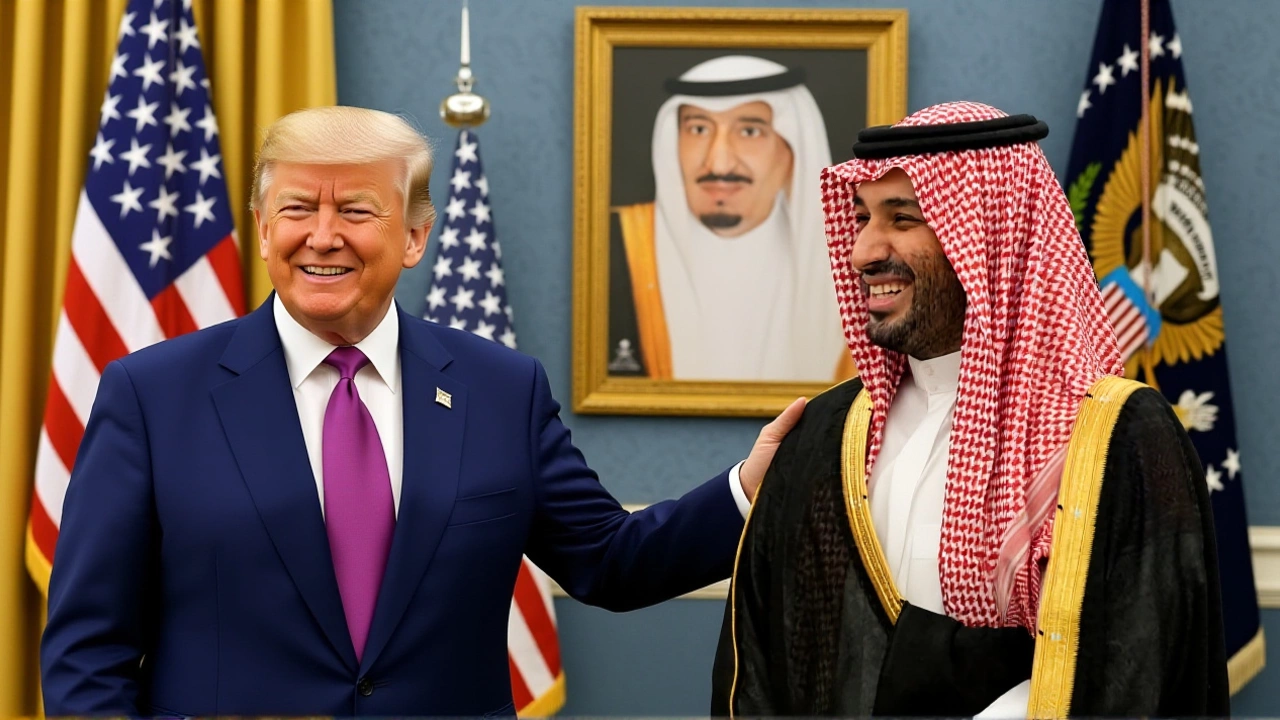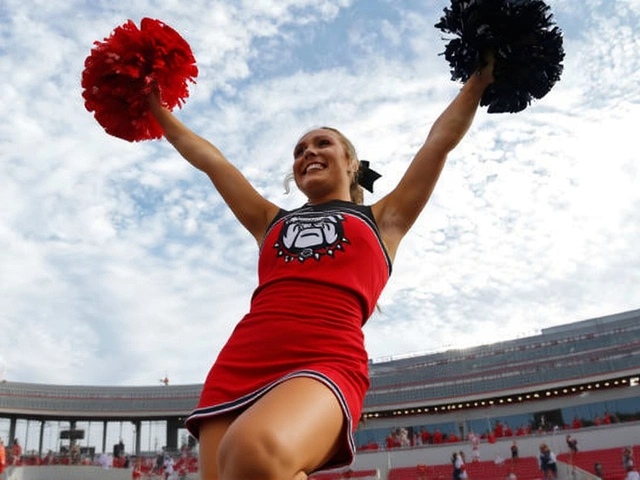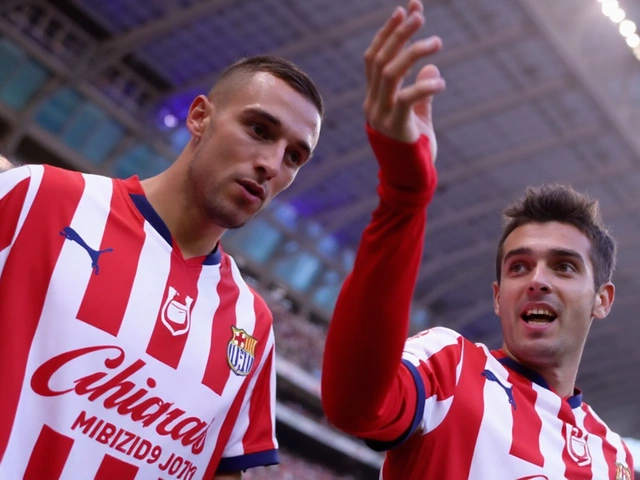On a crisp November evening in Washington, D.C., the East Room of the White House shimmered under crystal chandeliers as President Donald Trump and First Lady Melania Trump welcomed Mohammed bin Salman, Crown Prince and Prime Minister of the Kingdom of Saudi Arabia, to a formal black-tie dinner on November 18, 2025White House. The event wasn’t just a gala—it was a carefully choreographed diplomatic signal, timed to cap a day of high-stakes talks aimed at locking in strategic alliances between two of the world’s most powerful nations.
A Day of Strategic Rituals
The visit unfolded with military precision. Morning meetings between U.S. and Saudi officials laid the groundwork, focusing on defense coordination, AI collaboration, and nuclear energy partnerships. By noon, the tone shifted from policy to pageantry: a private lunch in the State Dining Room, attended by senior advisors from both governments, set the stage for the evening’s centerpiece. Then came the dinner—black-tie, no exceptions, no leaks, no press pool. The East Room was transformed into a hall of quiet power, where the clink of crystal carried more weight than any press release.The Star-Studded Guest List
What made this dinner unforgettable wasn’t just the heads of state—it was who sat at the table. Elon Musk, CEO of Tesla, Inc. and SpaceX, was there, likely discussing AI-driven defense systems and space-based surveillance. Tim Cook, CEO of Apple Inc., brought the quiet influence of Silicon Valley’s most valuable brand—perhaps hinting at future tech infrastructure deals in Riyadh. And then there was Cristiano Ronaldo, the global football icon. His presence was symbolic, a bridge between soft power and statecraft. In a world where sports stars now carry geopolitical clout, Ronaldo’s attendance signaled Saudi Arabia’s ambition to dominate not just oil markets, but global culture.The Agenda Behind the Caviar
Defense Now didn’t report numbers, but the agenda was unmistakable. Five key pillars framed the talks: defense cooperation (including potential F-35 sales and joint drone programs), AI development (with Saudi Arabia investing billions into its NEOM city tech hub), nuclear energy (a sensitive but growing topic as Riyadh seeks energy independence), security coordination (countering Iran and stabilizing the Red Sea), and trade expansion (beyond oil—think medical tech, renewable infrastructure, and logistics). And then there was the elephant in the room: normalization with Israel. After the Abraham Accords, Saudi Arabia has held back. But with the U.S. pushing hard and China quietly expanding influence in the Gulf, the timing feels urgent. This dinner may have been the quiet nudge that shifts the needle.
Why This Matters
This wasn’t just another state dinner. It was the latest chapter in a decades-long dance between Washington and Riyadh—one that’s changing fast. The U.S. no longer needs Saudi oil like it once did. But it still needs Saudi stability. And Saudi Arabia? It’s betting big on a future beyond oil, and it’s looking to Washington—not Beijing—for the tech, security, and legitimacy to pull it off. The presence of Musk and Cook wasn’t accidental. It was a message: we’re not just buying weapons. We’re buying innovation.The farewell on the South Lawn was brief. No speeches. Just handshakes, a final salute, and the roar of Marine One lifting off. No follow-up meetings were scheduled. But that’s not the point. The real work happens in boardrooms and labs, not press conferences.
What’s Next?
Expect a flurry of announcements in the coming weeks: a joint AI research center in Riyadh, a defense pact signed under the Trump administration’s new Middle East Initiative, and possibly, a historic announcement on Saudi-Israeli normalization—perhaps timed to coincide with the 2026 U.S. midterm elections. The Saudis are playing the long game. And for now, they’ve got the White House’s full attention.Frequently Asked Questions
Why was Cristiano Ronaldo invited to a diplomatic dinner?
Ronaldo’s presence was a soft-power gesture, signaling Saudi Arabia’s broader ambition to leverage global celebrities and sports to enhance its international image. With his massive global following—over 600 million across platforms—his attendance helped reframe the kingdom’s narrative from oil dependency to cultural influence. It also subtly reinforced Saudi investments in sports, like the recent acquisition of Newcastle United and the upcoming 2034 World Cup bid.
What does this mean for U.S.-Saudi relations after the Biden years?
The Biden administration distanced itself from Riyadh over human rights concerns and oil policy. Trump’s move signals a return to transactional diplomacy—prioritizing defense contracts, tech partnerships, and regional stability over public criticism. This dinner suggests a reset: the U.S. wants Saudi Arabia as a counterweight to Iran and China, and Riyadh is willing to trade influence for security and investment.
Why were Elon Musk and Tim Cook there?
Musk and Cook represent the future of U.S.-Saudi economic ties: not oil, but AI, space tech, and digital infrastructure. Saudi Arabia’s NEOM project and Vision 2030 plan require cutting-edge partnerships. Musk’s companies are leading in autonomous systems and satellite tech; Apple’s supply chain and cloud services are critical. Their presence suggests private-sector deals are already in motion, even if not yet public.
Is normalization with Israel likely after this dinner?
It’s the most plausible outcome. Saudi Arabia has signaled readiness for years, but waited for U.S. backing on security guarantees and Palestinian concessions. With Trump’s history of brokering deals like the Abraham Accords, and with Israel’s recent military setbacks in Gaza weakening its leverage, this dinner may have been the final nudge. A joint statement could emerge as early as December 2025, especially if framed as a counter to Iran’s regional ambitions.
What’s the significance of the East Room and South Lawn locations?
The East Room is reserved for the most prestigious state events—think foreign heads of state, Nobel laureates, or historic treaties. Using it for this dinner signaled maximum respect. The South Lawn farewell, meanwhile, is reserved for dignitaries with whom the U.S. has deep ties. It’s a subtle but powerful protocol choice: this wasn’t just a visitor. This was a partner.
Why didn’t Defense Now report any financial details?
The outlet focused on protocol and symbolism, not economics—likely because deals are still being negotiated behind closed doors. Major contracts (like arms sales or AI joint ventures) often take weeks or months to finalize after such visits. The absence of numbers doesn’t mean nothing happened—it means the real story is still being written in private memos and corporate boardrooms.





